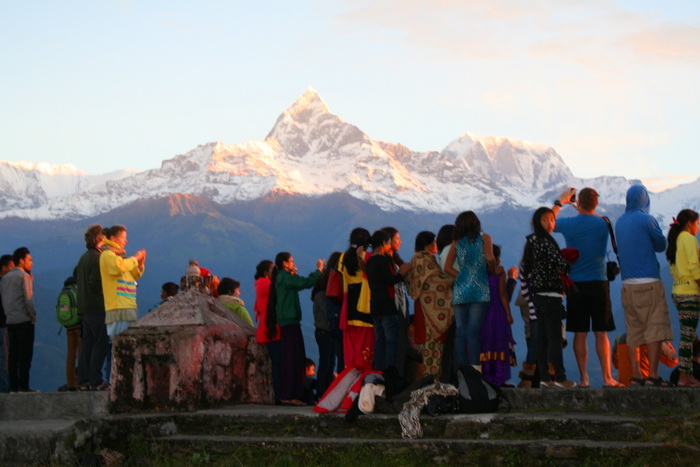Here are some essential travel tips to navigate Nepal.
Nepal, nestled in the heart of the Himalayas, is a mesmerizing destination that offers a unique blend of natural beauty, rich culture, and adventure. For first-time visitors, the experience can be both exhilarating and overwhelming. To ensure a smooth and enjoyable journey, here are some essential travel tips to navigate Nepal:
Visa and entry requirements
Obtaining a tourist visa for Nepal is a straightforward process, offering options for on-arrival visa issuance at Tribhuvan International Airport in Kathmandu or at various border entry points. Travelers should ensure their passport remains valid for at least six months beyond their intended departure date and be aware of the available visa durations, ranging from 15 to 90 days.
Recent updates include introducing an online visa application system, providing an opportunity for advanced processing. For those entering Nepal overland, understanding the visa procedures at different border entry points is essential. Additionally, certain regions, especially those for trekking and mountaineering, may necessitate special permits.
Consider which kind of visa fits you best based on your timing, vaccination status, and other factors. Don’t forget to apply ahead of time to make sure your journey will be smooth. In any case, you will need your passport, a visa photo fulfilling requirements, a hotel reservation, and documents related to health precautions and trekking permits.
Best time to visit
The best time to visit Nepal is during the spring (March to May) and autumn (September to November) seasons, offering optimal weather conditions for a delightful experience. In spring, the landscape comes alive with blooming flowers, and the skies are generally clear, providing stunning views of the Himalayas. Autumn, characterized by mild temperatures and clear skies, is particularly favorable for trekking and outdoor activities.
These periods avoid the monsoon season (June to August), when heavy rainfall can affect travel plans, especially in regions with challenging terrain. Travelers seeking panoramic mountain vistas, vibrant festivals, and comfortable temperatures will find spring and autumn the most rewarding seasons to explore Nepal’s diverse beauty.
Health precautions
Health precautions are paramount for a safe and enjoyable visit to Nepal. Before travel, consult with your healthcare provider to discuss vaccinations and medications, including those for altitude sickness if planning to trek in the Himalayas. Staying hydrated, drinking bottled or purified water, and exercising caution with street food to prevent foodborne illnesses is crucial. Carrying a basic first aid kit is advisable.
Additionally, obtaining comprehensive travel insurance is a fundamental aspect of health preparedness. This insurance should cover medical emergencies, potential evacuation from remote areas, and unforeseen circumstances. Being proactive about health measures ensures a more secure and worry-free exploration of Nepal’s diverse landscapes and cultural treasures.
Currency and ATMs
The official currency is the Nepalese Rupee (NPR). Exchange currency at authorized banks or money exchange counters. ATMs are widely available in major cities, but carrying some cash is advisable, especially in remote areas.
Cultural respect
Nepal is culturally diverse, and it’s essential to respect local customs and traditions. Remove your shoes before entering someone’s home or a religious site. Dress modestly, particularly when visiting religious sites or rural areas.
Transportation
Domestic flights, buses, and taxis are common modes of transportation. Be prepared for diverse road conditions, especially in rural areas. Consider hiring a local guide for trekking adventures to enhance safety and cultural understanding.
Language
Nepali is the official language, but English is widely understood in tourist areas. Learning a few basic Nepali phrases can enhance your interactions with locals.
Altitude considerations
If trekking in the Himalayas, acclimatize gradually to reduce the risk of altitude sickness. Stay hydrated and listen to your body. Carry a basic first aid kit and be aware of emergency evacuation options in mountainous regions.
Responsible tourism
Minimize your environmental impact by practicing responsible tourism. Dispose of waste properly and support local businesses. Engage with the local community respectfully and sustainably.
By keeping these travel tips in mind, you’ll be well-prepared to explore Nepal’s enchanting landscapes, vibrant cultures, and warm hospitality. Embrace the diversity, connect with the locals, and create unforgettable memories in this Himalayan haven. Safe travels!




















































































































































































